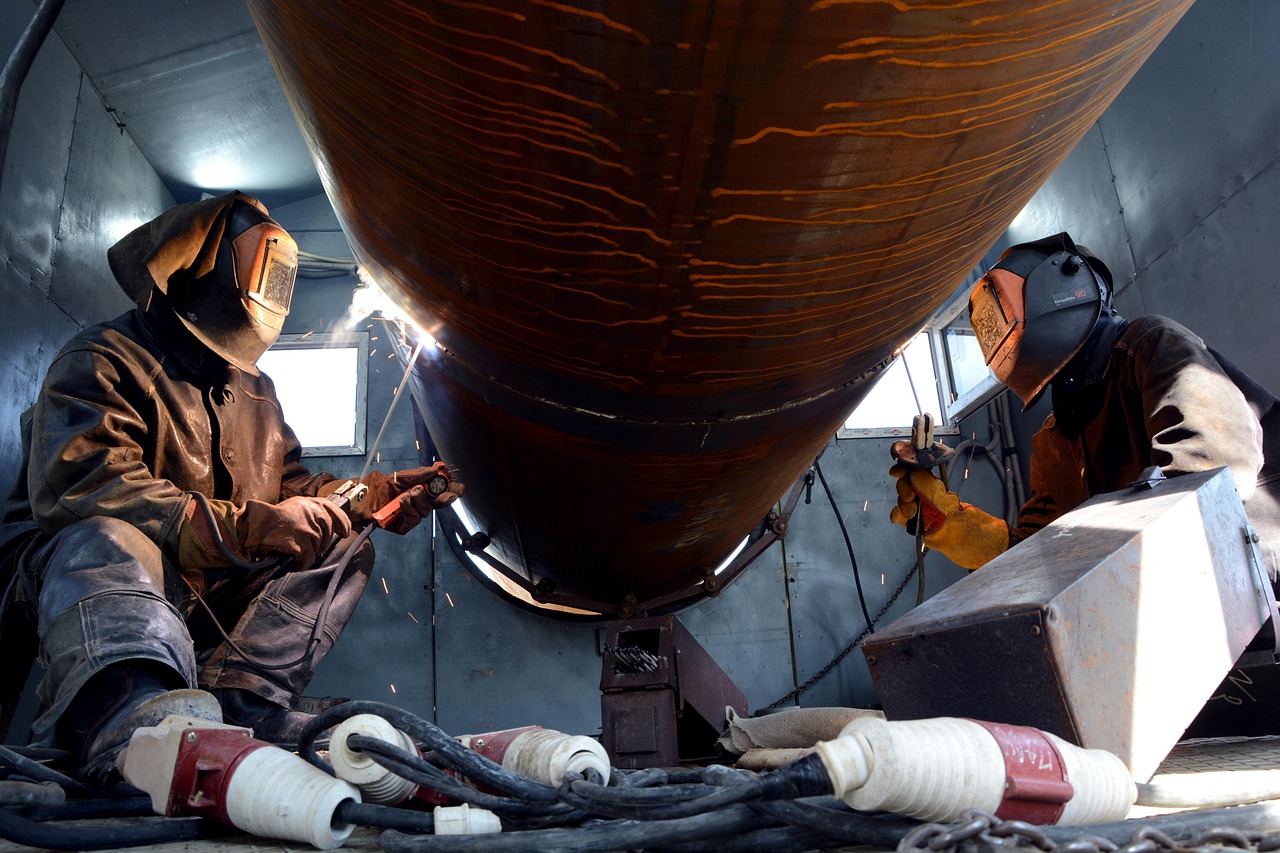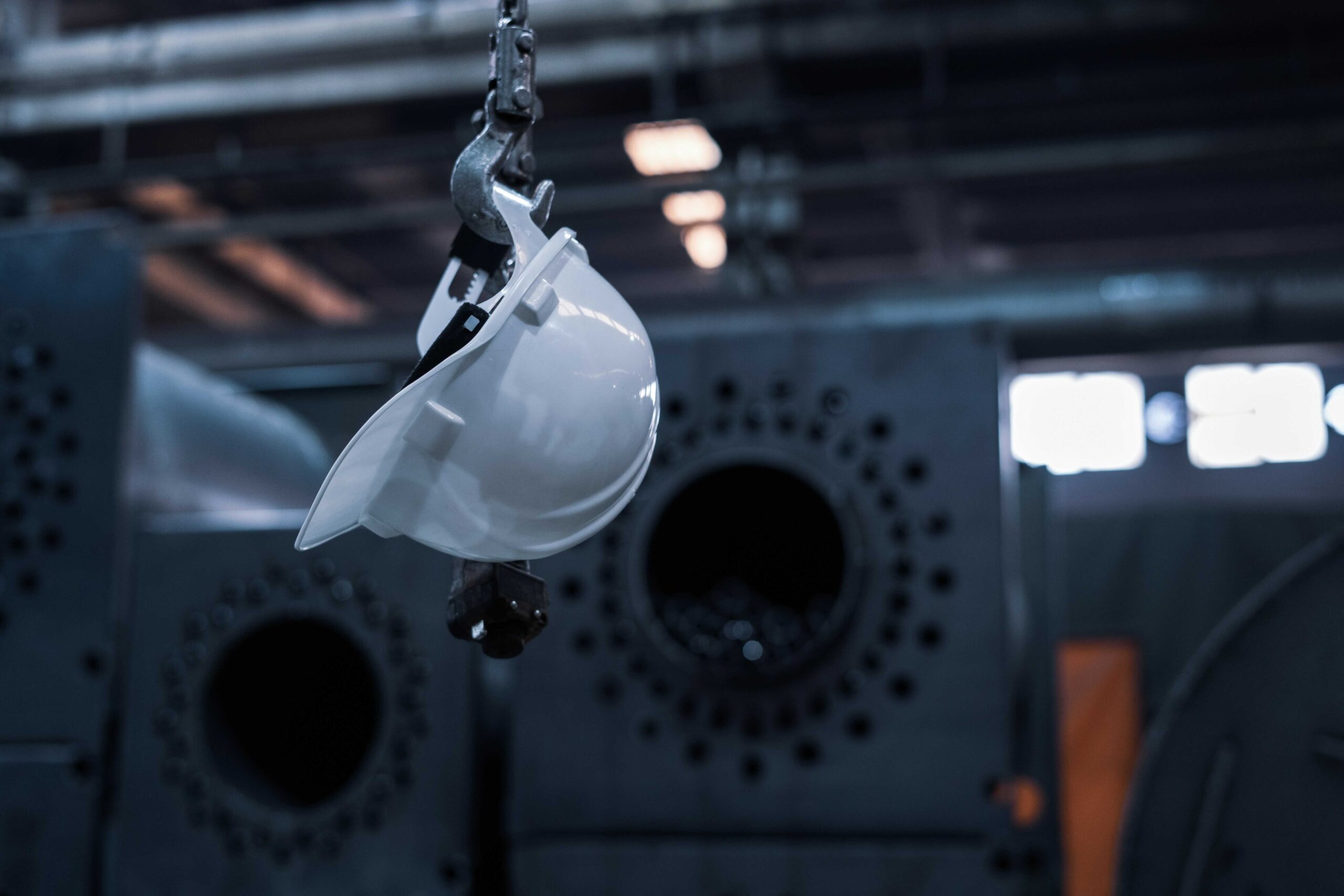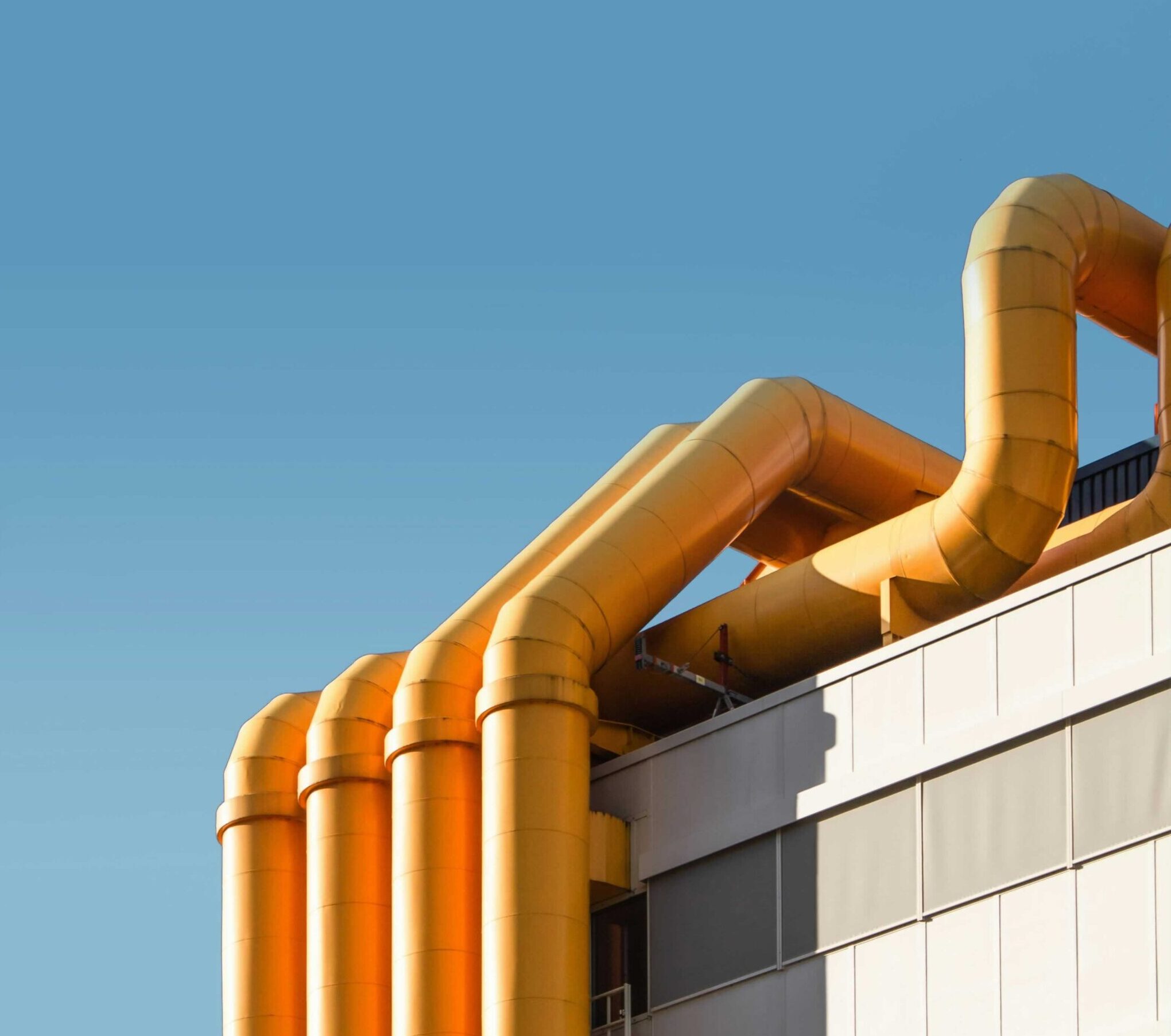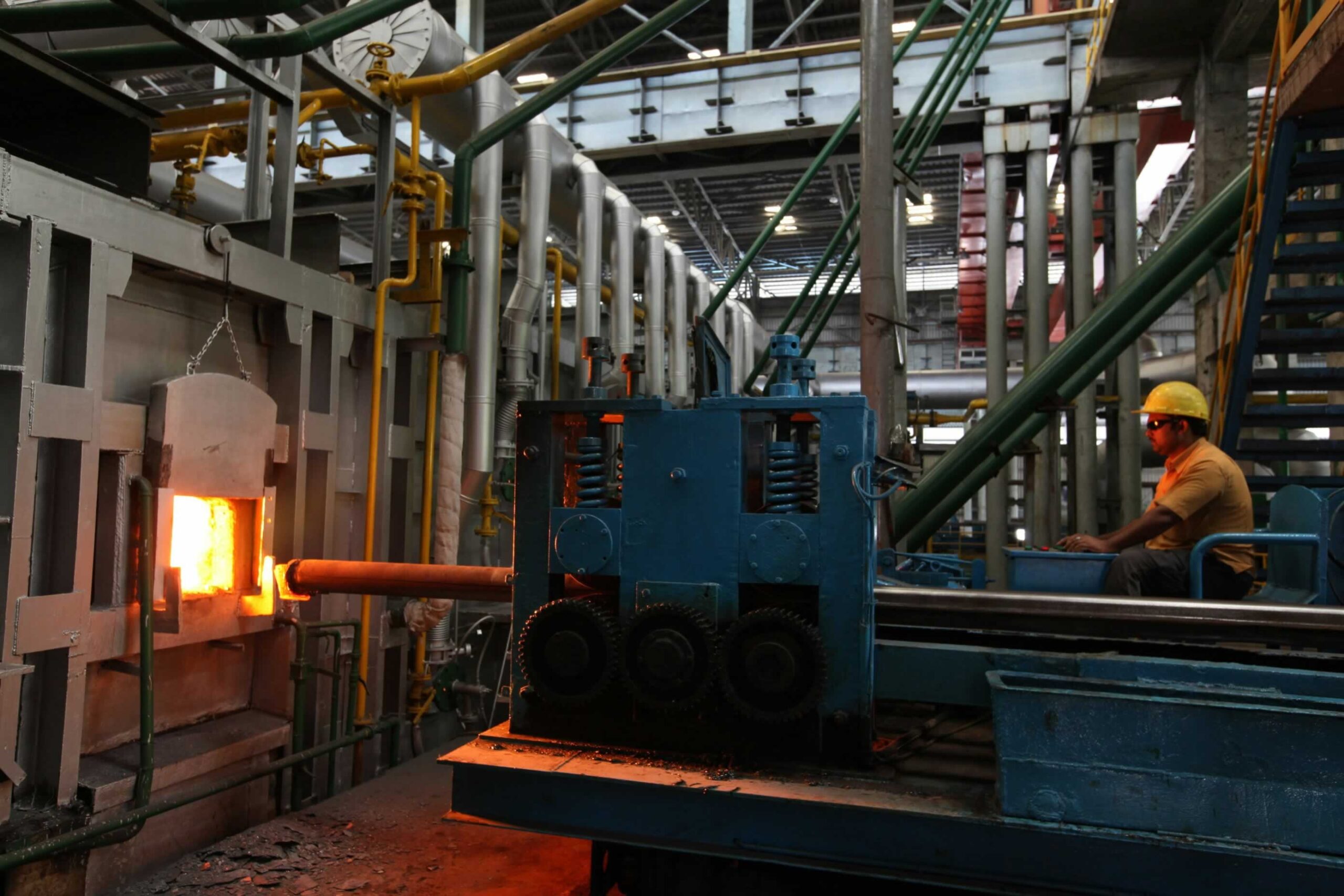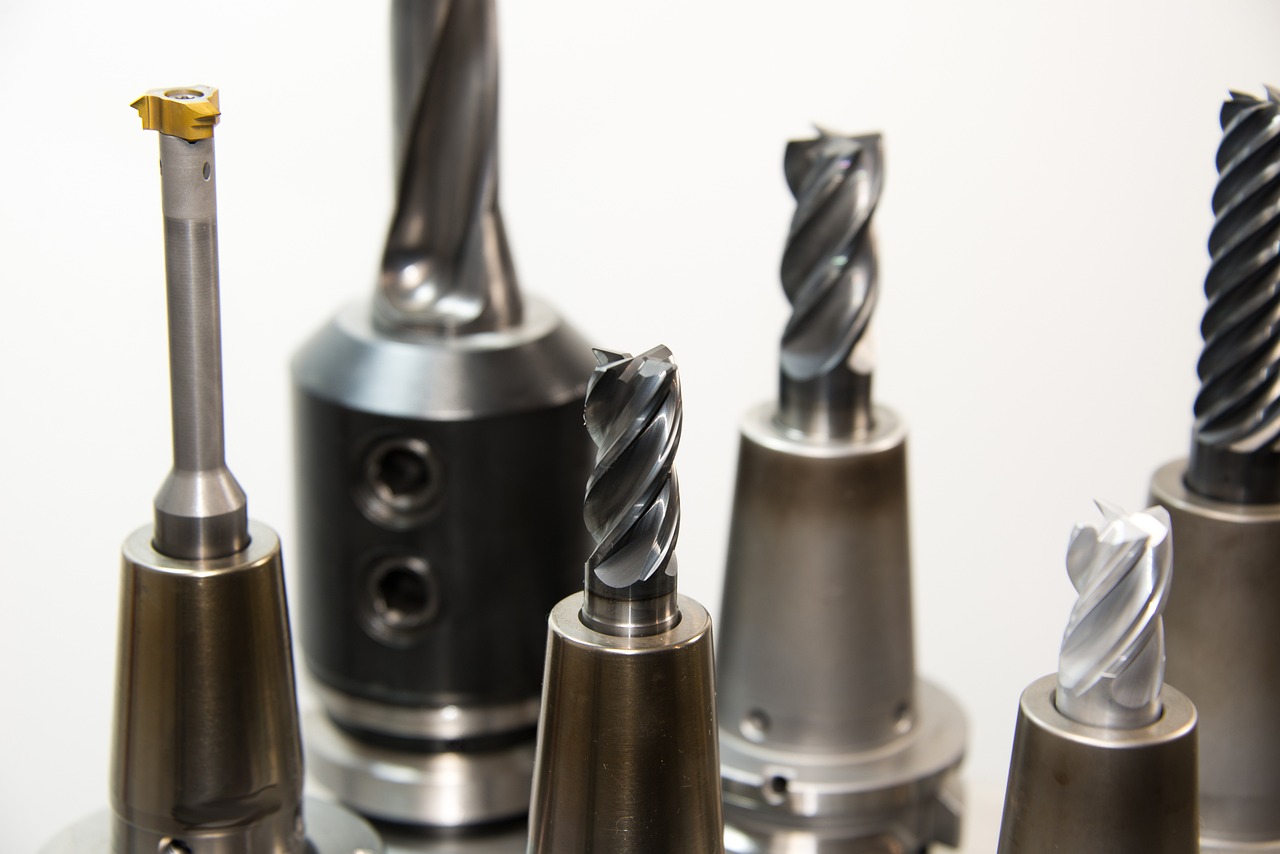The inventory carried in Maintenance Stores in manufacturing operations can be considerable, often worth many millions of dollars, and it is usually one of the first targets when a cost-reduction programme is initiated. There
Related articles: The maintenance cost-reduction conundrum Why bother to measure maintenance costs? Hiring a tradesperson is something that should not be taken lightly. As with any other employee, the value that the new
This two-sided “Self-planning” form is one example of a way for tradespeople to clearly describe the work steps and the material, tool and equipment requirements for maintenance jobs. The first side only is completed
A job that is well-planned will ensure that the intended scope is achieved, the quality is high and that time and effort are not wasted. On average a well-planned job will take about
The answer to this question, as with many questions about Maintenance, is “it depends”. I’ll illustrate with an example: In a large multi-line pulp and paper mill, a 20″ knife-gate valve on the
Here are a few ideas on setting up a preventive maintenance (PM) programme that will support your reliability objectives without costing more than it needs to. The comments below apply to both condition monitoring
One of the more important Key Performance Indicators (KPI’s) in Maintenance is how much it costs. While many would argue that this is the most important measure of Maintenance, I would suggest that in
Related articles: Designing for reliability Reducing the risk of unspared critical components It is not uncommon for “criticality” ratings to be assigned to equipment, a practice which has some merit but the overall value
A simple sketch is all that is needed for this job. Note that the planner, while at the site, has marked the important locations, such as the new electrical outlet, the drywall cut
Listing the job steps takes very little time for an experienced Planner. The important point is to ensure that each step is small enough that you can “think through” all the things all the


